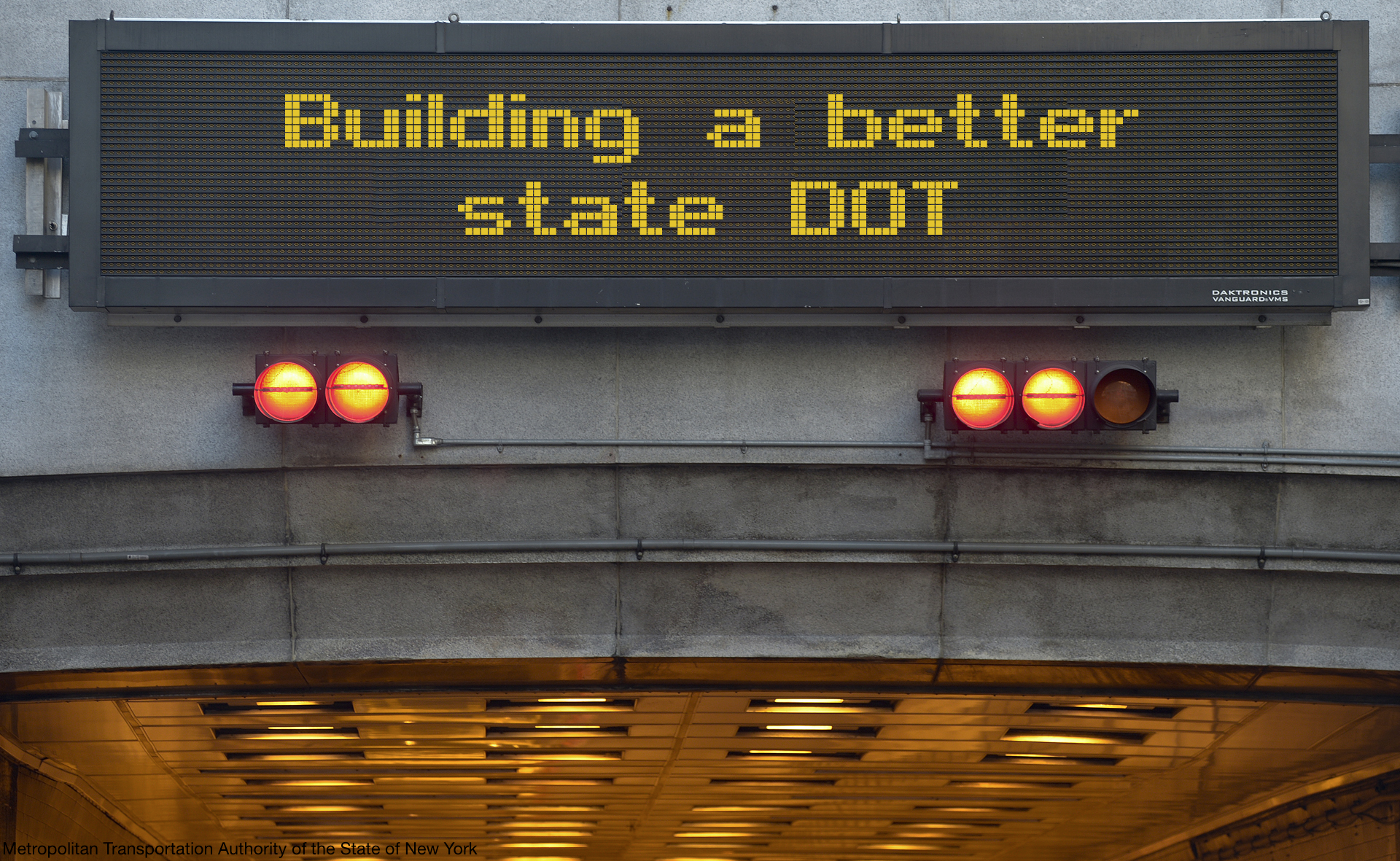How to build a better state DOT, the digest

State departments of transportation (DOTs) direct most of the transportation spending in the United States but they’re often focused on building highways and are ill-equipped to address the far more diverse mix of challenges they’re tasked with solving today. In a month-long series we just wrapped up, we examined how we got here, what state DOTs need to change, and how one state is putting its intentions into practice.
